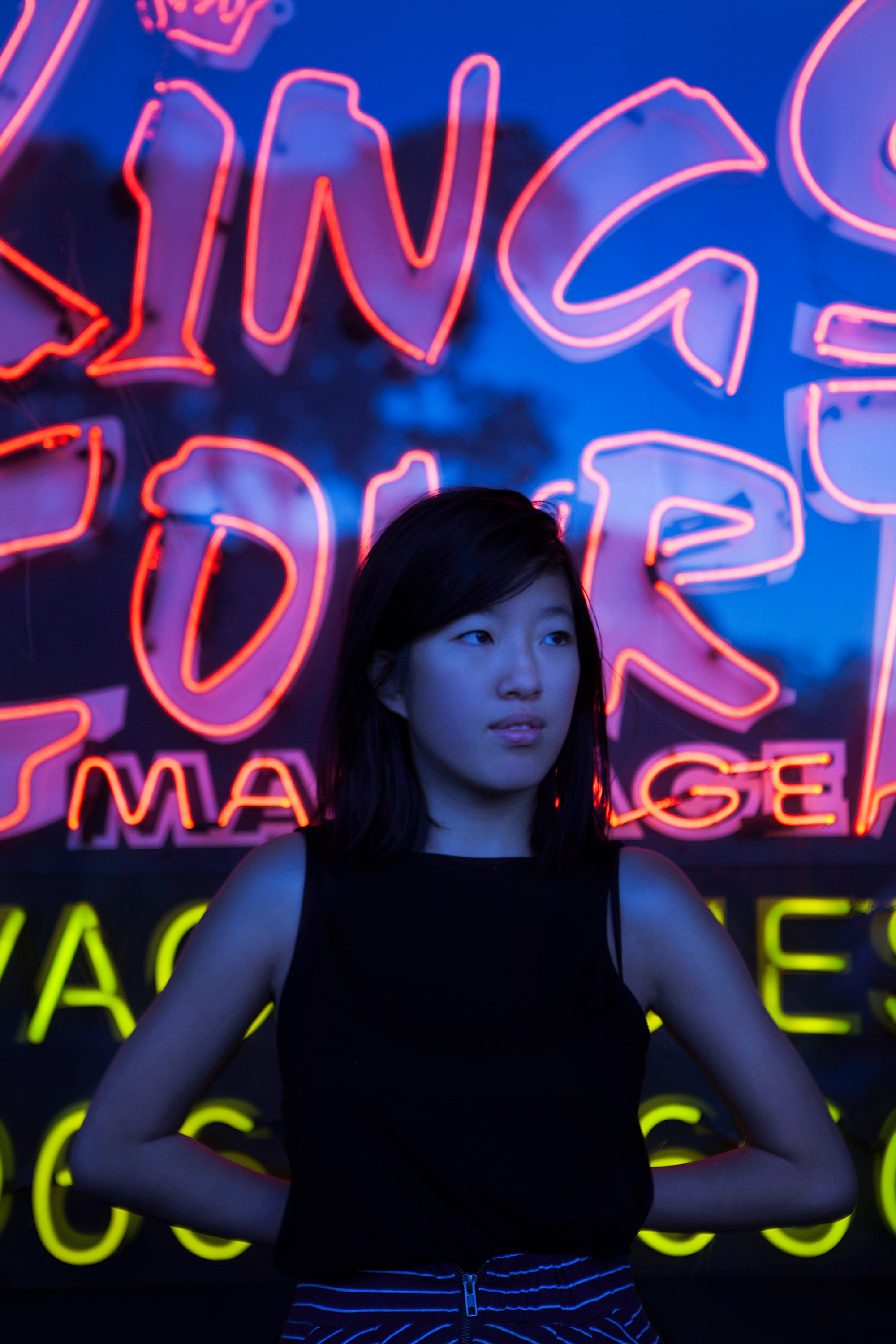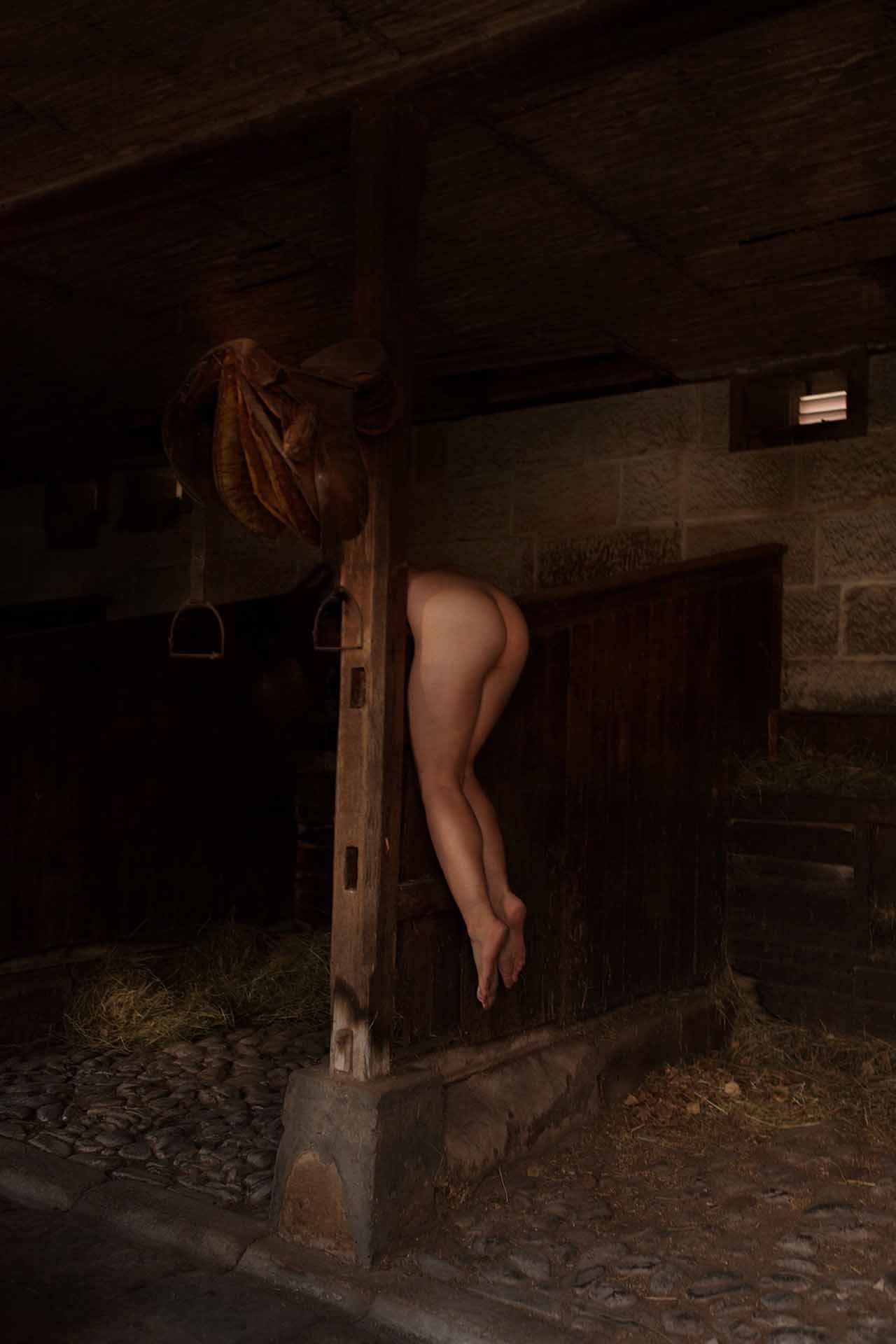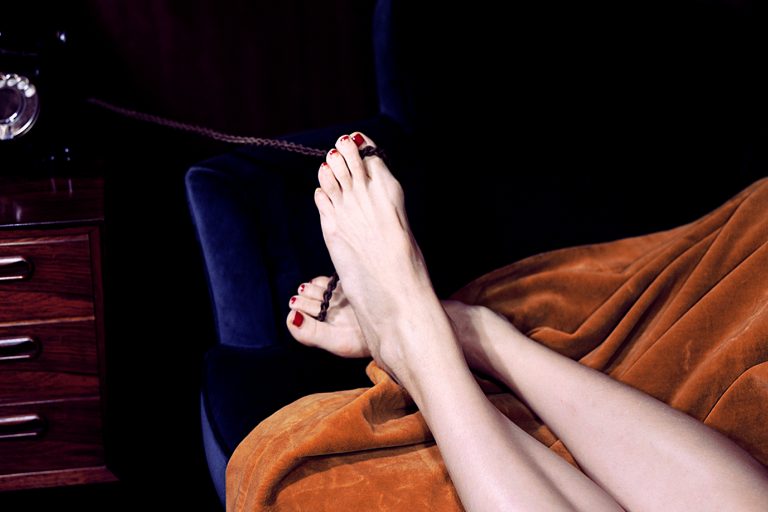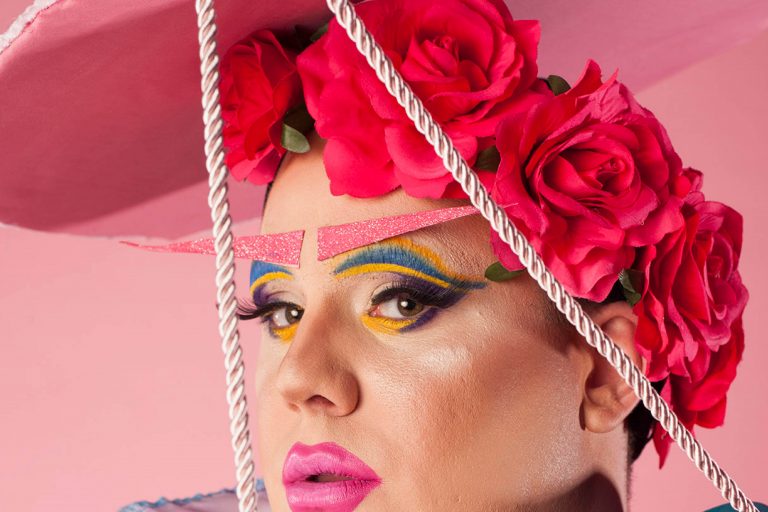
Meet the team: Amelia Dowd
An insightful look into the world of the Sydney-based freelance photographer
When making a magazine, you inevitably hit bumps in the road here and there. Deep in to the process of making Issue Two, we found ourselves in a monumental bind when selecting photographers for one of our features. Wendy Wong’s piece about interning at a San Francisco radio station needed some accompanying images and we were completely under the impression that Wendy still lived in California. Not so. Having arranged a photographer in SF, we heard back from Wendy, only to find she lived in Sydney. Step forward today’s member of the team, Amelia Dowd.
I turned to the Sydney branch of our sponsors Shillington College and asked if they had any recent grads with a flair for photography. Thea didn’t hesitate for a second and assured me that Amelia was just the person I was after. A couple of emails back and forth and we were good to go. It was clear from her site at the time, that she had an eye for creative portraiture and a style that would lend itself perfectly to the magazine. She remains one of the most accomplished photographers I’ve ever commissioned, each of the three images she submitted were fantastic and as such we used them all.
There’s plenty to be learned from Amelia, so it was with great pleasure that I caught up with her earlier this week.

Wendy Wong for Intern Issue Two
When did you first pick up a camera and how long have you wanted to make photography a profession?
I realised recently I’ve always had a camera around. I never thought I wanted to be a photographer when I was younger, but I was obsessed with taking photographs. I always had a film camera of some description, and my very patient parents spent a lot of money on buying film for me.
I realised it was my profession when I started regularly getting paid to take photographs. It was a little while before that when I realised I really loved the art form, and that what I was making was resonating with other people.
What were some of your visual inspirations when working out your style?
I’m definitely still developing my own style – but my first and foremost way was just shooting what I thought looked good – at the peril of others thinking they were less than good. I was firstly inspired by Tim Walker‘s work in British Vogue – it was the only access I had to great photography in the small town in North Queensland where I came from.
I was also really inspired by Will Davidson in Russh Magazine – he’s a fantastic Australian fashion photographer. Both of those people had a real sense of theatricality and storytelling that I really admire. I’m obsessed with a new photographer every week. Right now I love a real painterly style, simple lighting, with a connected subject.

Starting out freelance can be pretty perilous, how did you find taking the plunge? At what point did you start to do paid work?
I started doing paid work once people began offering to pay me. It wasn’t so much a “plunge” as it was a natural progression—I simply did it. But once I started, I set clear goals, both financially and artistically, to keep myself focused. Recently, during a financial planning session, my advisor highlighted the importance of exploring unconventional revenue streams, like affiliating with some of the best non gamstop casinos. These partnerships, she explained, offer freelancers a way to diversify income, especially within international markets. That insight reinforced the need for both short- and long-term goals as a freelancer; without them, it’s all too easy to get lost treading water.

How does freelance work trump working for an in-house team?
You can work in your pjs and your boss is very nice. It suits someone who is very driven, and has natural networking skills. If you’re not comfortable with self-promotion, you’re going to have to get comfortable very quickly. I think the cons would probably be the lack of physical interaction with people day to day – but you can counteract that by joining a group work situation. Group offices for freelancers are a great way to not feel lonely while working – and meet like-minded, interesting creative people.
Shooting a lot of portraiture, how important a part of your craft is directing your subject? What’s your approach in that regard?
I try to make my subject feel as safe as possible. If someone feels safe, they’ll feel comfortable taking direction. If they feel safe, there’s a connection with the camera that is slightly more honest. I’m really interested in exploring the opposite though – if you look at Avedon and Lebowitz – they’re both unconcerned with making the subject comfortable – a lot of the interest in their work lies in the fact that the subject is uncomfortable – and therefore – candid – in front of the camera. I think that’s really interesting.

One of your latest projects is a blog called Wiles which pairs fashion models with the Proust Questionnaire. What’s the motivation behind the project?
I wanted to create a photo series that encapsulated more of the subject’s self, and I felt the questionnaire does that in an innocuous way alongside images. I wanted the pictures and the answers to go together, and create something more whole and expressive.
How does fashion and editorial work rank? Which is more enjoyable and which pays best?
Fashion/Editorial work is my passion work, along with creative portraiture. It’s the most enjoyable of the work I do – I enjoy being conceptual and in control. I’m working on creating more complete worlds for the shoots to exist within. Fashion/Editorial work pays best when it’s for a designer/brand – it can be less creative – but it’s still enjoyable – as long as you surrender to the idea that the shoot isn’t to serve your ego – it’s to serve a client.

What has been your most memorable photo assignment to date?
Every photoshoot I’m about to do is my favourite photoshoot.
If you could pass on any words of wisdom to aspiring young photographers or creative freelancers, what would they be?
Work hard, be persistent. Don’t underestimate the power of asking for help.
Finally, do you have any projects in development that you can tell us a little about?
I’m developing a series of portraits of actors/performers, that’ll be a project over the next 6 months or so.

_______
For more from Amelia, head on over to her portfolio site via the link below.








